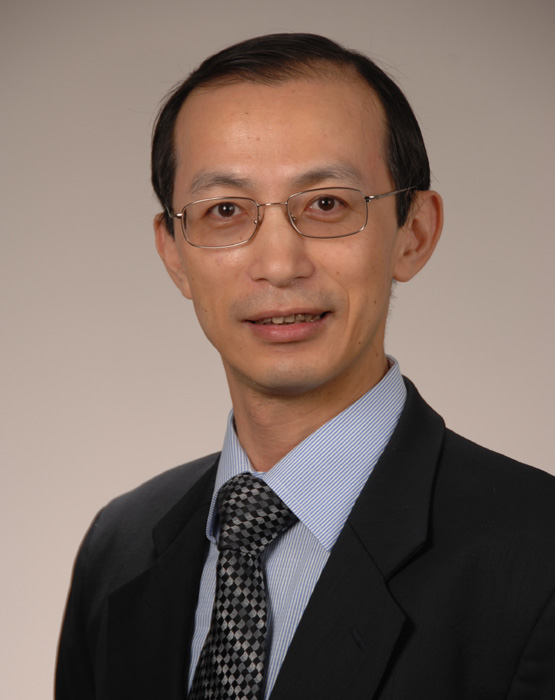Our Science – Ho Website
Mitchell Ho, Ph.D.
 |
|
|||||||||||||||||||||
Biography
Dr. Ho received his Ph.D. in Immunology from the University of Illinois at Urbana-Champaign, where he studied monoclonal antibodies for the treatment of cocaine addiction as a National Research Service Award Fellow with Mariangela Segre. He completed postdoctoral studies with Ira Pastan at the NIH working on immunotoxin therapy of cancer. Dr. Ho is a recipient of Mesothelioma Applied Research Foundation Award, and Ovarian Cancer Research Fund Individual Investigator Award. He has also been a faculty member in the Department of Biochemistry and Biophysics in the FAES Graduate School at NIH since 2005.
Research
Antibody-Based Treatment of Cancer
Research in my laboratory is aimed at understanding the molecular mechanisms underlying cancer and developing novel anti-cancer antibody therapies. Our efforts focus on building new therapeutic antibodies directed at ovarian cancer, mesothelioma and liver cancer.
Mesothelin is overexpressed in a variety of cancers including mesothelioma and ovarian cancer. We have recently revealed mesothelin as a new therapeutic target for non-small cell lung cancer. We have identified and characterized soluble mesothelin proteins shed from cancer cells. Shed mesothelin is used as a new diagnostic biomarker in mesothelioma. We have established a sensitive ELISA-based assay to examine anti-mesothelin antibody response in ovarian cancer and mesothelioma patients. We have found that antibodies specific for mesothelin are elevated in cancer patients, and that this elevation is associated with high expression of mesothelin in tumors. Ovarian cancer and malignant mesothelioma frequently express both mesothelin and CA125 (also known as MUC16) at high levels on the cell surface. The interaction between mesothelin and CA125 may facilitate the implantation and peritoneal spread of tumors by cell adhesion, whereas the detailed nature of this molecular interaction is unclear. Studies of the molecular interaction between mesothelin and CA125 are essential to understanding and eventually controlling peritoneal tumor metastasis. Recent studies by my laboratory have identified a conformation-sensitive binding domain at the N terminal of cell surface mesothelin for CA125. We have also demonstrated that a single chain monoclonal antibody recognizes this CA125-binding domain and blocks the mesothelin-CA125 interaction on cancer cells. The identified CA125-binding domain significantly inhibits cancer cell adhesion and merits evaluation as a new therapeutic agent for preventing or treating peritoneal malignant tumors.
While the mouse is the most common source of monoclonal antibodies against human proteins, it is not always possible to raise high affinity antibodies against those antigens that are highly conserved between human and mouse, as such antigens have little or no immunogenicity in mice due to immune tolerance. The use of a large naive or synthetic human antibody library is an alternative method for bypassing immunization of mice. Antibody engineering has generally been carried out by displaying human antibodies or antibody fragments on the surface of microorganisms (phage, bacteria and yeast). Recently we developed a new method, called 'mammalian cell display'. Functional scFv can be expressed on human HEK-293 cells and high affinity antigen binders can be identified and isolated from a combinatory library by flow cytometry. We are using mammalian cell display for therapeutic antibody discovery and engineering.
Collaborators on these projects include Ira Pastan, NIH; David FitzGerald, NIH; Raffit Hassan, NIH; Christoph Rader, NIH; Byungkook Lee, NIH; Dimiter Dimitrov, NIH; Jeffrey Gildersleeve, NIH; Itai Benhar, Tel Aviv University, Israel; Min Qian, ECNU Institute of Biomedical Sciences, China.
This page was last updated on 1/30/2009.

